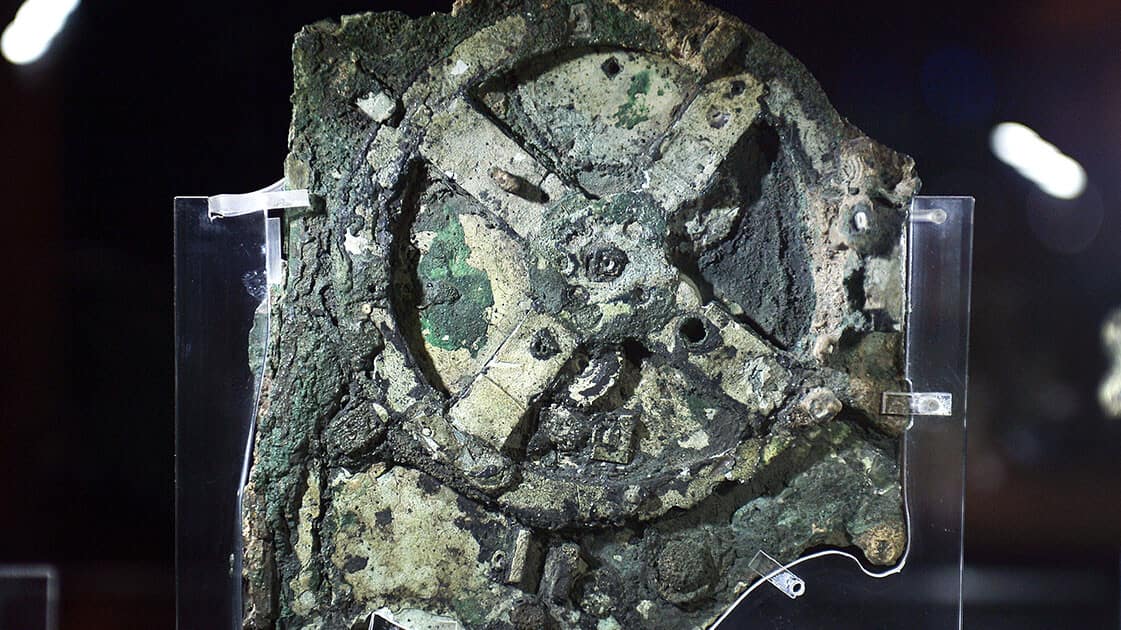
Antikythera mystery solved? New research unravels secrets of 2,000-year-old 'computer'
What's the story
Researchers from the University of Glasgow have utilized advanced gravitational wave research to shed light on the ancient Antikythera mechanism, often dubbed as the 'world's oldest computer.' Discovered in a shipwreck in 1901, this second-century BC artifact was featured in the popular movie Indiana Jones and the Dial of Destiny. The team applied statistical modeling techniques, originally developed for analyzing gravitational waves, to suggest that the Antikythera mechanism was likely used to track the Greek lunar year.
Calendar ring
Ancient artifact's calendar ring likely tracked lunar year
In a 2021 paper, the researchers discovered that the Antikythera mechanism's "calendar ring" had regularly spaced holes marked to depict the "motions of the sun, Moon, and all five planets known in antiquity." The latest study, published in the Official Journal of the British Horological Institute, suggests that this ring likely contained 354 holes, corresponding to the number of days in a Greek lunar year. The team dismissed any possibility of it measuring a solar year as "not plausible."
Inspiration source
YouTuber's quest inspires breakthrough in Antikythera research
The research was inspired by YouTuber Chris Budiselic, who was attempting to recreate the ancient mechanism. "Towards the end of last year, a colleague pointed me to data acquired by YouTuber Chris Budiselic," said researcher Graham Woan from the University of Glasgow. The team used statistical models obtained from gravitational wave research, including data from the Laser Interferometer Gravitational-Wave Observatory (LIGO), to calculate the likely number of holes in the mechanism.
Research impact
New findings enhance understanding of ancient Greek technology
While the findings may not be as dramatic as a Hollywood script, they add a new layer to a mystery that has intrigued scientists for over a century. Woan hopes that their discoveries about the Antikythera mechanism will "help deepen our understanding of how this remarkable device was made and used by the Greeks." This research represents an intriguing intersection between modern-day science and ancient artifacts.